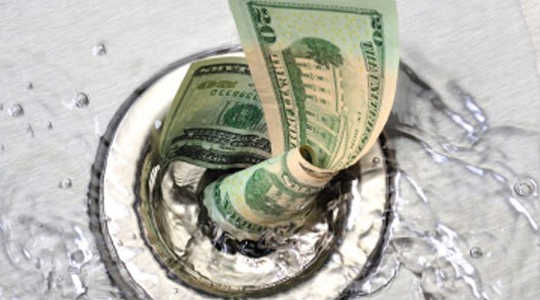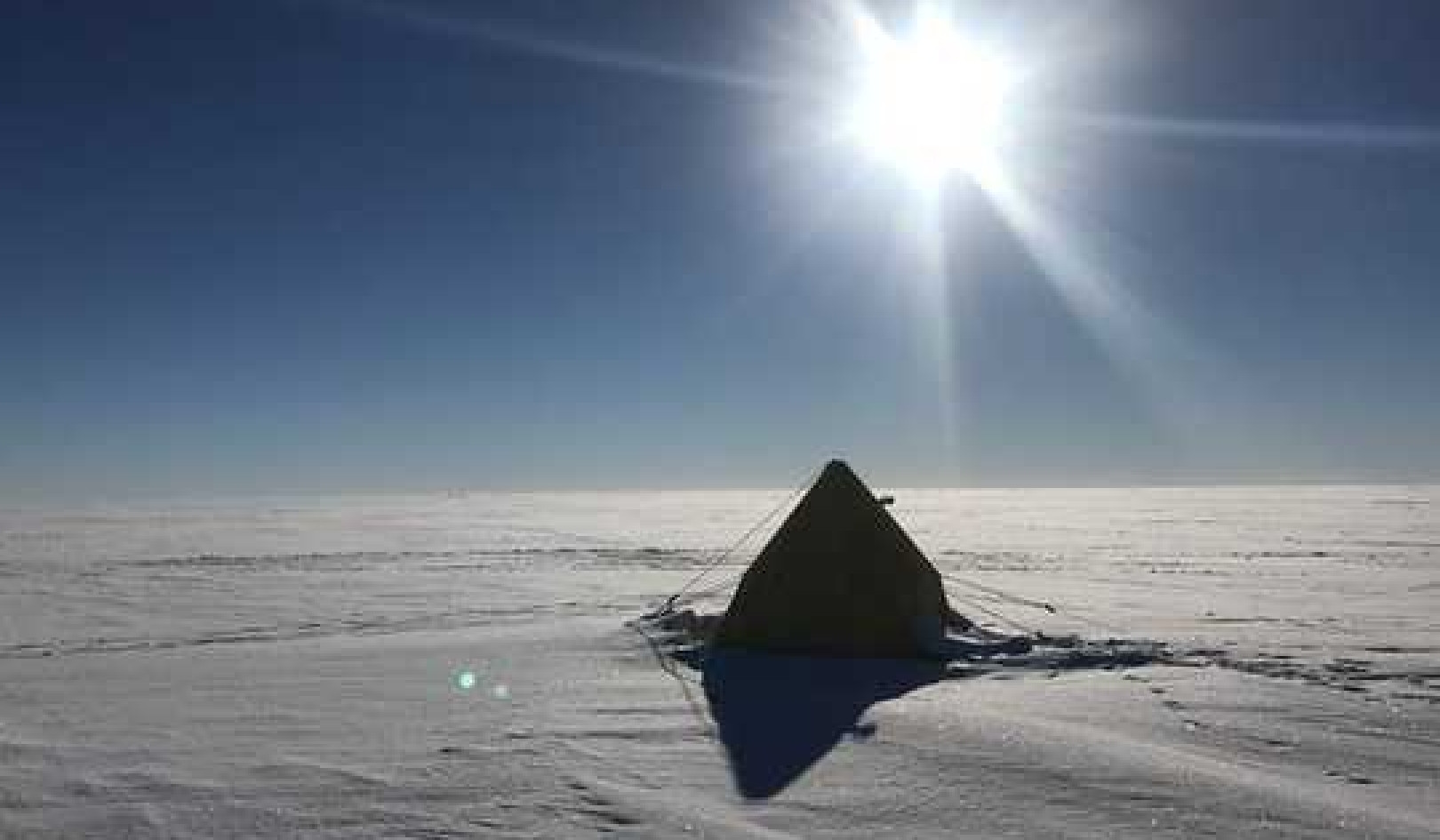
Every time you flush your toilet or drain the bath, you’re losing something surprisingly valuable: heat.
It takes a lot of energy to warm up the water in the first place, and vast amounts of this energy simply disappear down the drain and is lost in the environment. Around 15-30% of a typical home energy bill goes on heating water. Reusing this “heat” would be a really simple way to make our lives more sustainable.
Energy is everywhere in the urban water cycle. Water utilities use it to produce drinking water and pump it to your tap at home. After use, the water is discharged into the sewer and purified at the sewage treatment works. Those drainage and waste water treatments again use energy.
Water doesn’t have to be a huge drain on energy – it could even be a net energy factory. We’re already able to produce biogas from our waste, for instance, and use it to power the “poo bus” among other things.
It takes about ten times more energy to heat water than to pump it around or treat it after use. And that energy is usually wasted. After all, hot water from your tap is usually still warm when it goes down the drain and thus waste water contains lots of thermal energy.
Reusing this heat would be an easy win for the environment. It’d make the water cycle more energy efficient and greatly reduce our carbon footprint.
To recover the heat from our waste water we first need a heat exchanger. This device can run a cold water stream alongside a warmer one, without the two fluids mixing together. Instead, heat is extracted from the warm water and transferred to the cold water.
In a simple home system, cold water going to the shower head could be preheated with warmth from waste shower, kitchen and bath water, meaning we can use less warm water to create a comfortable shower.
In larger systems, the heat exchanger can be installed in the sewer mains in the street. In this case, the cold stream will be a recirculating medium that brings the heat into a heat pump – a kind of refrigerator working in reverse. This heat pump can deliver the heat at a much higher temperature (around 50?) to a third water stream. This hot stream can then be used in a building for space heating or again hot tapwater.
First, it’s tough to figure out how effective heat recovery would be as it’s extremely hard to take flow and temperature measurements within a sewer. Devices rapidly get clogged up with solid waste and household litter. Available heat in the sewers also varies a great deal from day to day, or even hour to hour.To overcome the difficulties of taking direct measurements we have used computer models that can predict how much heat is available in a sewer network. One model, Simdeum, looks at use of toilets, taps, washing machines and other appliances to estimate how much water will end up in the sewers – and how hot it will be. Another model, Sobek, will calculate how much water is flowing through the sewer network and the water levels in the sewer mains. We have developed an additional module that factors in how much heat is lost through pipe walls into the surrounding soil.
These models work in practice. When we investigated water use by students living on the University of Bath’s campus, we found our flow and temperature predictions based on surveys matched up closely with data from nearby manholes.But we can only tap into this heat once we’ve figured out how to store it or feed it into a larger heating system. Strong daily variations in water usage and the lag between demand for hot water, which peaks at morning shower time, and its supply in the sewers means small-scale heat reuse remains impractical.
All this is already possible on a larger scale, however. Model calculations in the Dutch city of Almere showed heat recovery from sewers becomes attractive once waste water is collected from 5,000 or more people. Practical evidence of systems in use can be found in Germany, Switzerland and Scandinavia.This article was written with Laura Piccinini as part of her Master project at EPFL Lausanne.
About The Author
sustainable water management, origin, fate and abatement options for emerging contaminants like pharmaceutical compounds or nanoparticles in water, thermal energy recovery from water and wastewater, resource recovery from wastewater and water treatment residuals , and upscaling of nanotechnology application for water treatment.
This article originally appeared on The Conversation
Related Book:
at InnerSelf Market and Amazon



 Jan Hofman, Professor of Water Science and Engineering. His personal research interests are
Jan Hofman, Professor of Water Science and Engineering. His personal research interests are 





















